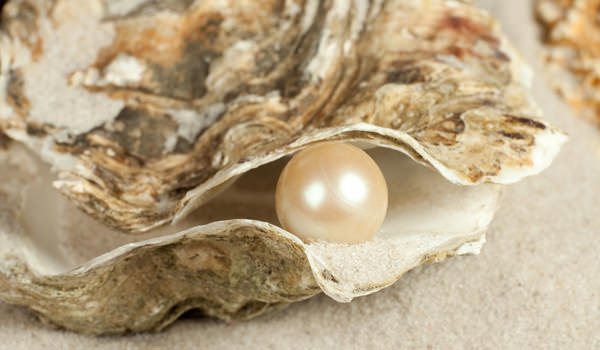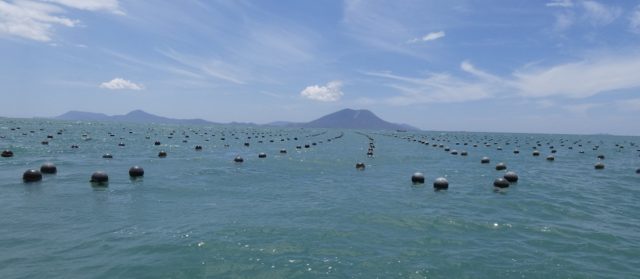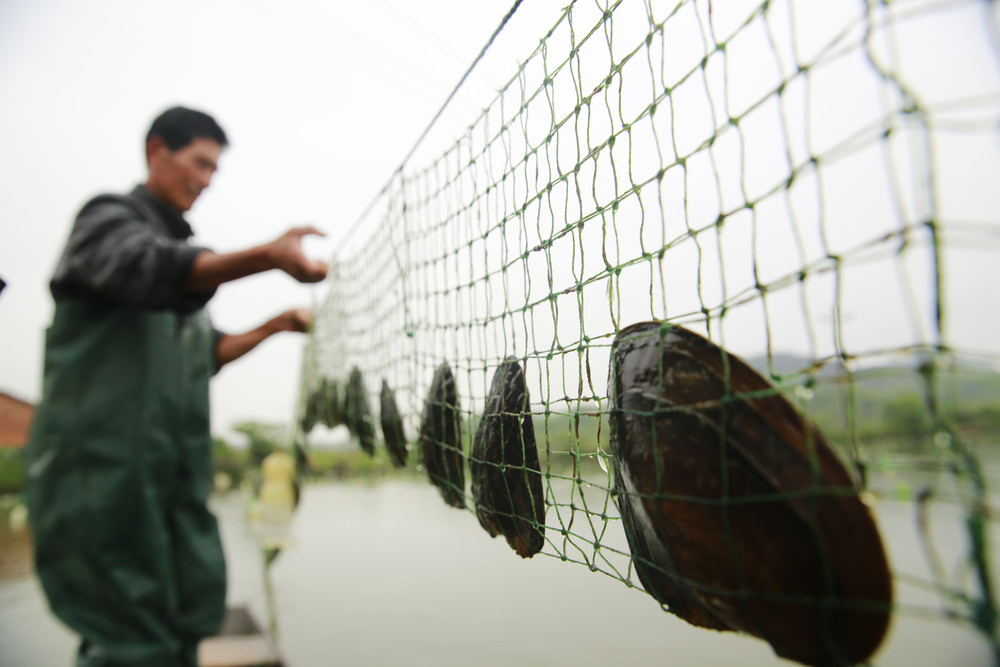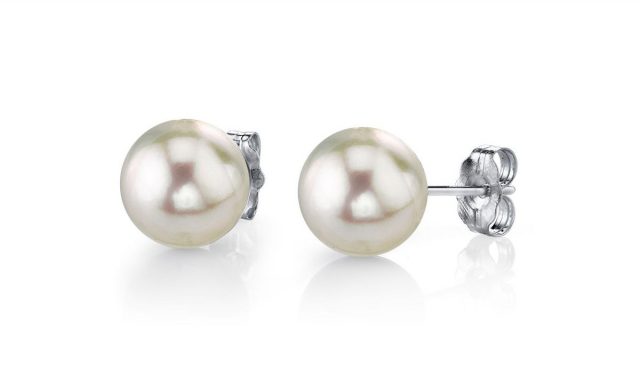The Tedious, Rewarding Task of Akoya Pearl Farming


Akoya pearls are the most desired types of pearls among all cultured pearls. Fact is, many people worldwide love these beautiful gems. But Akoya pearl farming, the old-fashioned deep-sea diving way, drives up the costs of buying pearls. Luckily, there are pearl farmers who use a method that produces genuine pearls, without the hassle of deep sea dives.
Pearl farmers nucleate the oysters in order to produce Akoya pearls. The process generally involves inserting mantle tissue and a hard-shelled bead from a pearl-producing oyster. Eventually, the oyster will respond to the irritant by secreting nacre that later develops into a pearl.
Freshwater pearls are cultivated in fresh waters, while Akoya pearls are cultivated in salt waters. In general, the Freshwater variety is more affordable than Akoya pearls. Despite their different cultivation processes, these two types of pearls have a similar look and glow.
In order to clean Akoya pearls, you will need a soft cloth, lukewarm water and a few drops of mild liquid detergent. Pearls are organic gems, which is why they are highly sensitive and both ice cold water as well as hot water can damage them. Gently wipe down your pearls with the cloth in order to keep your jewelry in perfect shape.

It takes a considerably long period of time for a pearl farmer to produce Akoya pearls. The average Akoya pearl farming process from beginning to harvest is about 10-18 months. This way, the pearls have enough time to secrete multiple layers of nacre, the substance that “creates” the pearl.
Akoya pearl farming is challenging because Akoya pearls are the hardest to grow. This is because the survival rates of the oysters producing these pearls are very low. For this reason, these oysters require a lot of care and protection for them to produce quality pearls. Pearl farmers frequently pour medication, organic fertilizers, nutrients and food into the water where the oysters are stored.
Farmed oysters require the right temperature and conditions to thrive. That’s why they are frequently lowered and raised in and out of the water, so optimal conditions to be achieved. Due to the fact that they have such a low survival rate, Akoya pearls are very rare. Fact is, research shows that only less than fifty (50%) percent of the oysters survive the process of nucleation.

Nucleation is a crucial step in the the process of Akoya pearl farming. Nucleating involves carefully opening an oyster and inserting an irritant, which is normally a bead with a hard shell or mantle tissue. In either case, it will come from another oyster that has successfully produced a high-quality pearl. The irritant is inserted between the oyster’s soft tissue and shell.
The nucleating process is very involving and delicate. Many oysters don’t survive the process. Additionally, an oyster can only be nucleated once in its lifetime. After the first nucleation, the oyster is discarded. It may be used as a delicatessen, but it will never produce pearls again.
Less than 50% of Akoya oysters survive the nucleation process. And less than 5% of those oysters are capable of producing high-quality pearls. Despite this, pearl farmers harvest more Akoya pearls in a year than any other type of cultured pearl.
Akoya pearl farming produces some of the most desirable gems on the market. They come in a beautiful white color, featuring rose overtones. Pearl fans love them in necklaces and other pearl jewelry. In fact, these gems are the most commonly used pearls when jewelers create cultured pearl necklaces.

For the ultimate luster, add a touch of glimmer to your natural glow with one of our gorgeous Akoya Pearl Earrings. Sophisticated, chic and timeless, our Akoya Pearl Earrings are a must-have piece in every jewelry collection.
Signup now and receive an email once I publish new content.